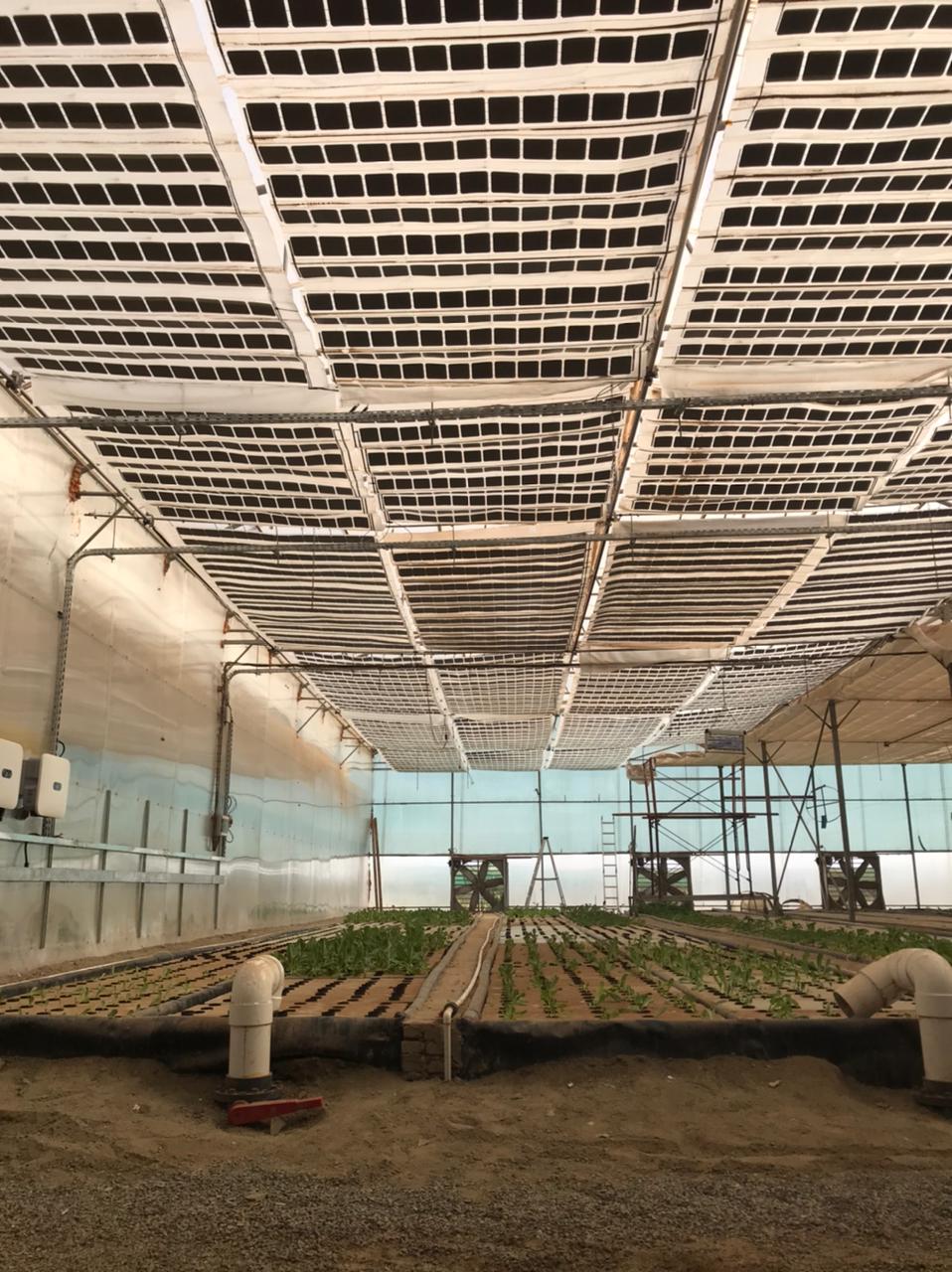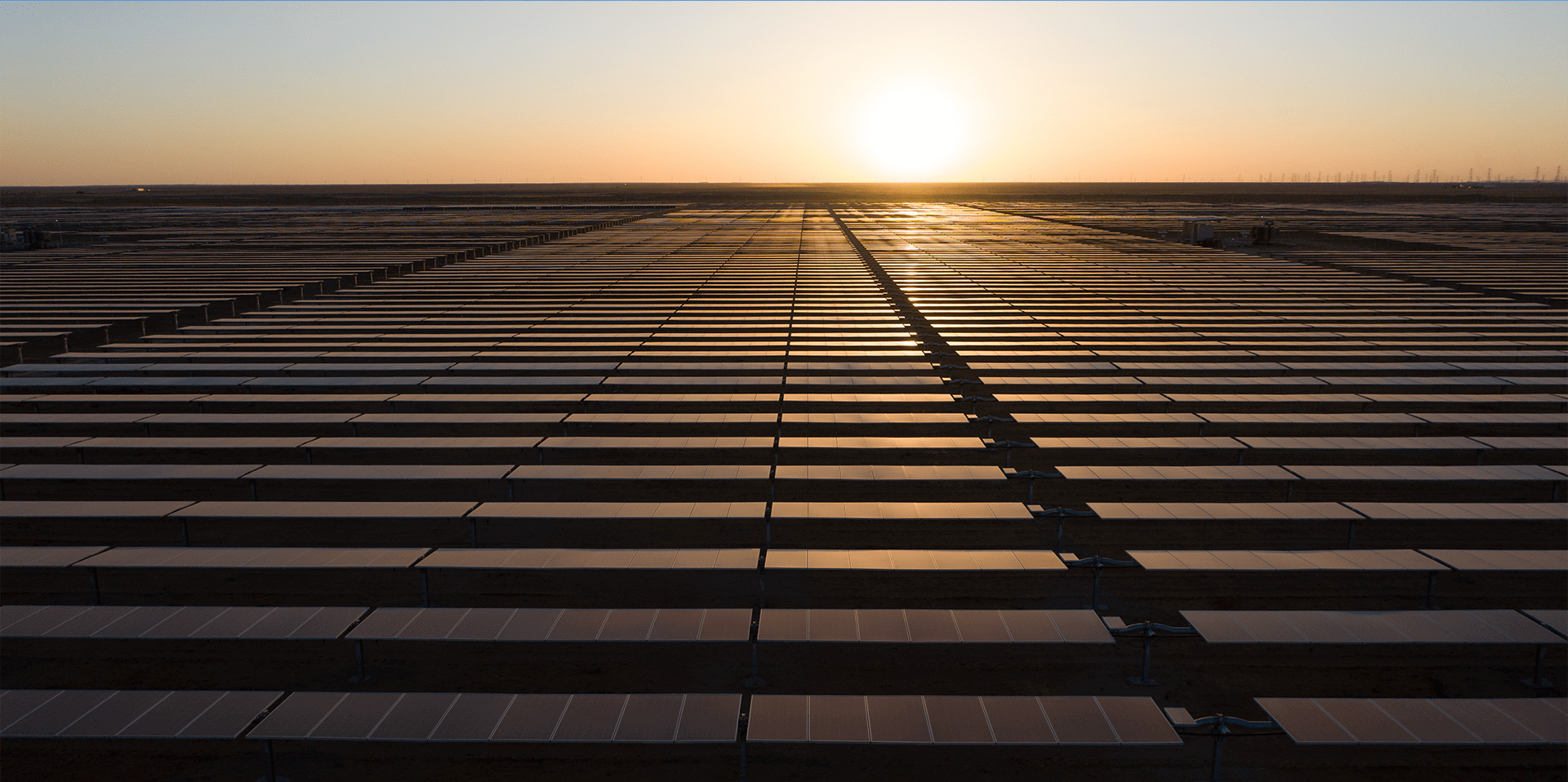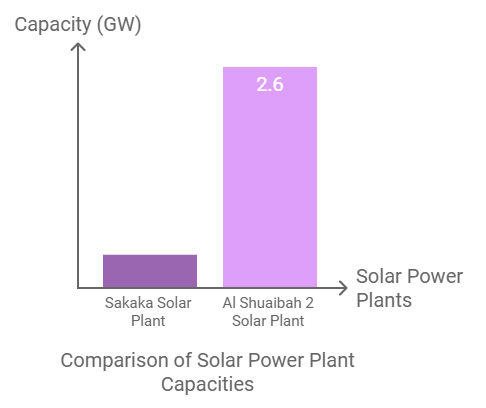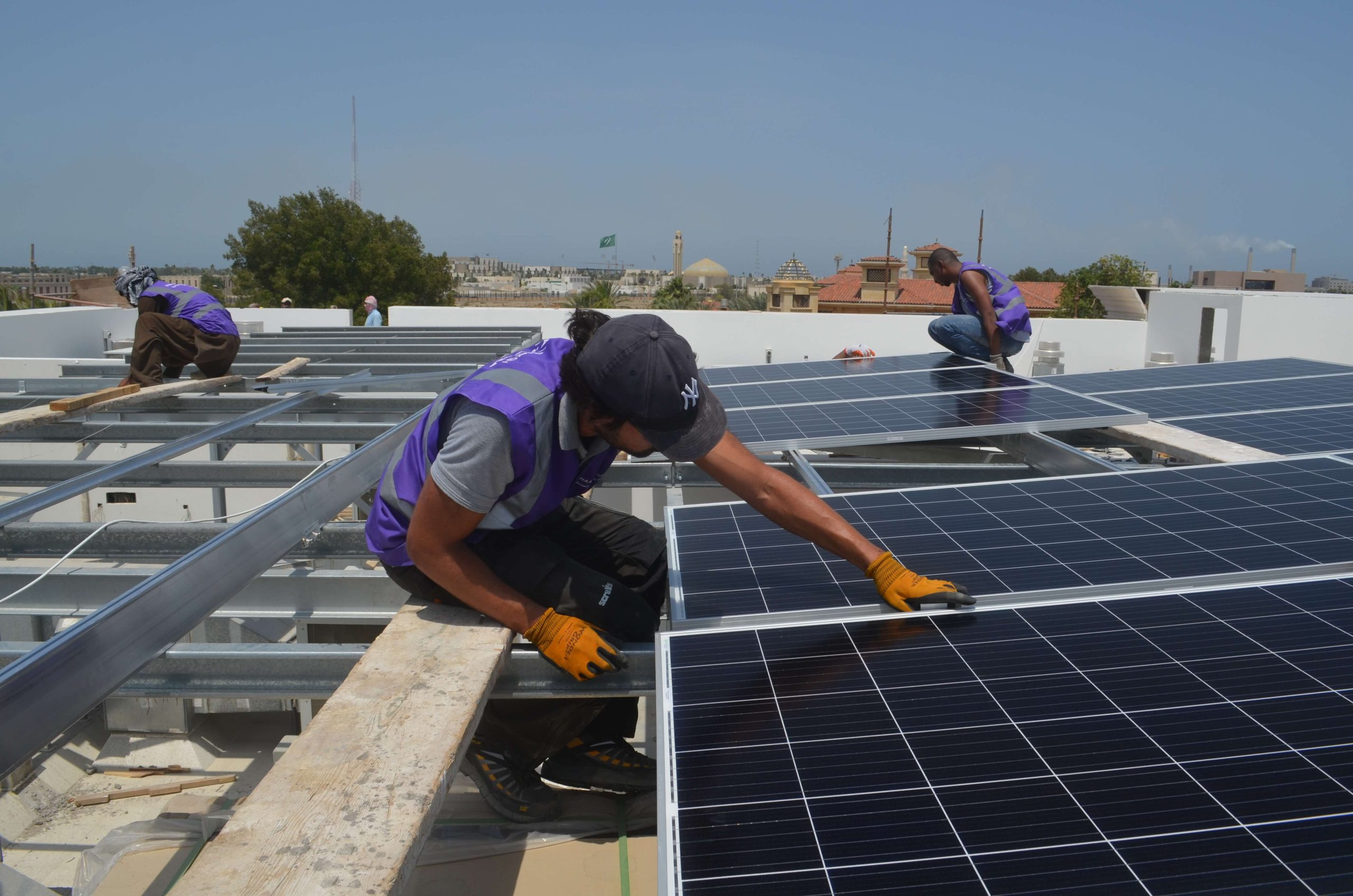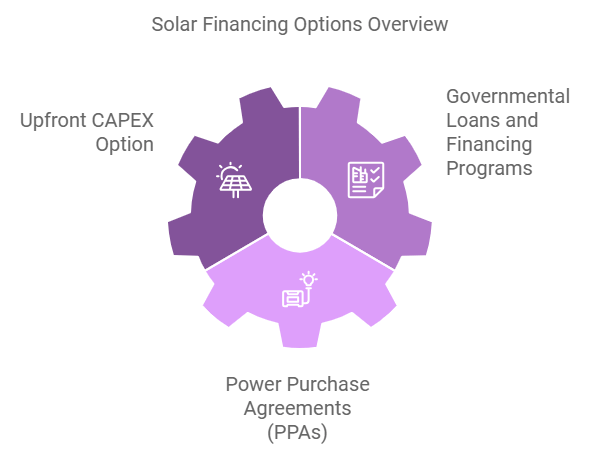As businesses across Saudi Arabia look to reduce operating costs and embrace sustainable energy solutions, solar power has emerged as a compelling option. With solar panel prices continuing to decrease and technology becoming more efficient, the key question isn’t whether to adopt solar energy—it’s how to finance and implement it. The two primary approaches are Engineering, Procurement, and Construction (EPC) contracts and Power Purchase Agreements (PPAs). Let’s explore both options in detail to help you make an informed decision for your business.
EPC vs. PPA: Everything You Need to Know
Understanding EPC Contracts
What is an EPC Contract?
An EPC contract is a comprehensive agreement where your business purchases a solar system outright. The solar provider handles all aspects of the project:
- Engineering: Detailed system design and planning
- Procurement: Sourcing all necessary equipment and materials
- Construction: Complete installation and commissioning
Key Benefits of EPC
- Complete Ownership: Your business owns the solar system outright, giving you full control over the asset
- Maximum Long-term Savings: Once the initial investment is recovered, you enjoy free electricity for the system’s remaining lifetime
- Tax Benefits: Potential tax advantages and depreciation benefits
- Property Value: The solar installation adds value to your property
- Quick ROI: With Saudi Arabia’s abundant sunshine, many businesses see returns within 3-9 years
Considerations for EPC
- Requires significant upfront capital investment
- Responsibility for system maintenance (though maintenance contracts are available)
- Need to manage warranty claims if issues arise
- System performance risk lies with the owner
Understanding Power Purchase Agreements (PPAs)
What is a PPA?
A PPA is a financial agreement where a solar provider installs, owns, and maintains the solar system on your property, and you purchase the generated electricity at a predetermined rate.
Key Benefits of PPA
- Zero Upfront Cost: No capital expenditure is required
- Immediate Savings: Start saving on electricity bills from day one
- Predictable Costs: Fixed or predefined escalating rates protect against rising energy costs
- Reduced Risk: Provider handles all maintenance and repairs
- Performance Guarantee: Most PPAs include guaranteed production levels
Considerations for PPA
- Typically longer contract terms (15-25 years)
- Less financial benefit compared to direct ownership
- Limited control over the system
- Property lien or encumbrance during the contract period
Making the Right Choice for Your Business
Financial Considerations
EPC Might Be Better If:
- You have available capital or access to favorable financing
- Your business can utilize tax benefits
- You want to maximize long-term savings
- You prefer asset ownership
- Your energy costs are low (small industrial / agricultural / healthcare tariffs)
PPA Might Be Better If:
- You want to preserve capital for core business operations
- You prefer predictable monthly expenses
- You want to avoid responsibility for maintenance, cleaning etc
- You’re operating across many locations
- Your energy costs are high (commercial tariff / off-grid / large industrial facilities)
Operational Considerations
Business Type and Energy Usage:
- Manufacturing facilities with high, consistent energy consumption often benefit from EPC
- Companies with predictable consumption patterns and stable loads might find PPAs more attractive due to optimal system sizing
Property Ownership:
- Building owners typically prefer EPC for the property value enhancement
- Tenants often find PPAs more suitable due to their temporary nature
The Saudi Arabian Context
Market Dynamics
Saudi Arabia’s Vision 2030 strongly supports renewable energy adoption, with major projects like Al Shuaibah 2 leading the way. This creates a favorable environment for both EPC and PPA models.
Local Considerations
- High solar irradiance levels ensure excellent system performance
- Rising diesel costs make both options increasingly attractive
- Government support through financing programs and initiatives
- Growing local expertise in solar installation and maintenance
How Haala Energy Can Help
Whether you choose EPC or PPA, Haala Energy offers comprehensive solutions tailored to your business needs:
For EPC Projects:
- Detailed site assessment and feasibility studies
- Custom system design and engineering
- High-quality component procurement
- Professional installation and commissioning
- Optional maintenance contracts
- Performance monitoring systems
For PPA Projects:
- Zero upfront cost solutions
- Energy generation guarantee
- Routine Maintenance
- Real-time monitoring and reporting
- Flexible contract terms
- Predictable electricity rates
Making Your Decision
Consider these key questions when choosing between EPC and PPA:
- What is your available capital budget?
- How long do you plan to occupy your current facility?
- What are your current electricity costs and consumption patterns?
- How important is system ownership to your business?
- What is your risk tolerance regarding system performance?
Next Steps
Both EPC and PPA models offer viable paths to solar energy adoption, with each providing distinct advantages based on your business circumstances. The key is choosing the option that best aligns with your financial goals, operational needs, and long-term strategy.
Ready to explore your solar energy options? Contact Haala Energy for a comprehensive site assessment and detailed proposal for both EPC and PPA solutions. Our team of experts will help you analyze your energy needs, evaluate financial options, and choose the best path forward for your business.
As Saudi Arabia continues its journey toward renewable energy leadership, businesses have an unprecedented opportunity to benefit from solar power. Whether through EPC or PPA, the time to act is now, as electricity costs continue to rise and solar technology becomes increasingly efficient and affordable.
